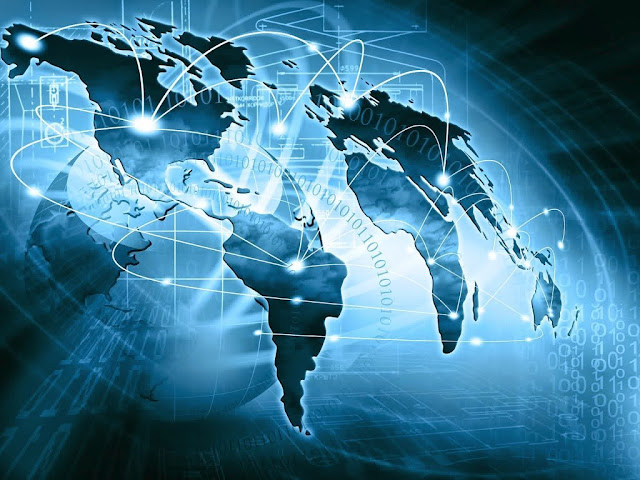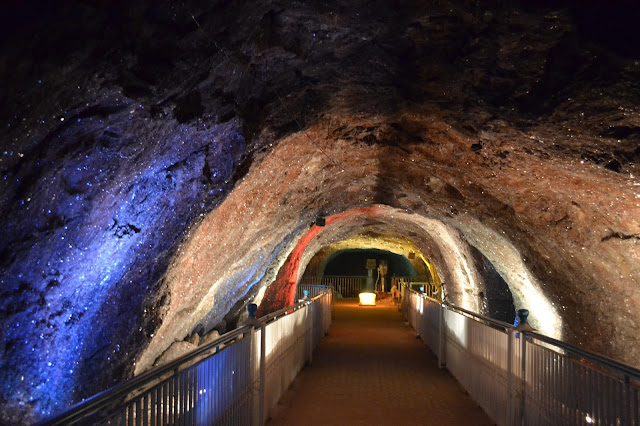Many glaciers can be seen while traveling on the highway:
- Minapin Glacier
- Passu Glacier
- Ghulkin Glacier
- Khunjerab Glacier
- Pakistan has the World's largest, Canal Based Irrigation System
Out of the 169,384 billion m³ of water which were withdrawn in 2000, 96% were used for agricultural purposes, leaving 2% for domestic and another 2% for industrial use.The country still has the world's largest contiguous irrigation system. In 1999-2000, the total irrigated area in Pakistan was 181,000 km².Water is also essential for power generation in Pakistan, since about 29% is generated through hydropower.
- Pakistan is one of the third world's largest producers and suppliers of Chickpea.
- Roof of the World is Located in Pakistan.
Shandur Top (el. 12,200 feet (3,700 m)) located in Chitral Pakistan. Shandur is often called the 'Roof of the World'. The top is flat, a plateau and can be crossed between late April and early November. The grade is very gradual, and the area is crossed by small streams of waters during summer that looks plentiful.

- The name Pakistan literally means "Land of the Pure" in Urdu and Persian.
- The Arab conqueror Muhammad bin Qasim conquered Indus valley from Sindh to Multan in southern Punjab in 711 CE.
- The Mughals introduced Persian literature and high culture, establishing the roots of Indo-Persian culture in the region.
- In the early 16th century, the region remained under the Mughal Empire ruled by Muslim emperors.
- Muhammad Ali Jinnah(1876–1948) served as Pakistan's first Governor-General and the leader of thePakistan Movement.
- Over 10 million people were uprooted from their homeland and travelled on foot, bullock carts and trains to their promised new home during the Partition of India.
- During the partition between 200,000 to 500,000 people were killed in the retributive genocide.
- The partitioning of Punjab and Bengal led to the series of violent communal riots across India and Pakistan; millions of Muslims moved to Pakistan and millions of Hindus and Sikhs moved to India.
- After independence from the partition of India in 1947, Muhammad Ali Jinnah, the President of Muslim League, became nation's first Governor-General as well as first President-Speaker of the Parliament.
- Get Indipendence in 1947, but In 1970, Pakistan held its first democratic elections since independence.
- Military tension between Pakistan & India led to the War in 1947, 1965 1971 and1999.
- Pak-China Friendship Centre was constructed by China as a gift for Pakistan. Pakistan also hosts China's largest overseas embassy.
- The armed forces of Pakistan are the eighth largest in the world in terms of numbers in full-time service, with about 617,000 personnel on active duty and 513,000 reservists, as of tentative estimates in 2010.
- According to UN reports, the Pakistani military are the largest troop contributors to UN peacekeeping missions.
- Pakistan has deployed its military in some Arab countries, providing defence, training, and playing advisory roles.
- The Kashmir– the most northwesterly region of South Asia– is a primary territorial dispute that hindered the relations between India and Pakistan.
- Approximately 45.1% of the Kashmir region is controlled by India while claiming the entire state of Jammu and Kashmir, including most of Jammu, the Kashmir Valley, Ladakh, and the Siachen.
- Approximately 38.2% of the Kashmir region, is controlled by Pakistan known as the Azad Kashmir and Gilgit–Baltistan
- India claims the Kashmir on the basis of the Instrument of Accession— a legal agreement with Kashmir's leaders executed by Maharaja Hari Singh who agreed to accede the area to India.
- Pakistan covers an area of 796,095 km2(307,374 sq mi), approximately equal to the combined land areas of France and the United Kingdom.
- It is the 36th largest nation by total area.
- Pakistan is divided into three major geographic areas: the northern highlands, the Indus River plain and the Balochistan Plateau.
- Pakistan has the K2 whcih is the second-highest mountain on Earth.
- Deodar, Pakistan's national tree.
- As of present, there are around 157 protected areas in Pakistan that are recognized by IUCN.
- The oldest national park is Lal Suhanra in Bahawalpur District, established in 1972.
Karachi is the second largest city in the world by population.
Pakistan would become the 18th largest economy in the world by 2050 with a GDP of US$ 3.33 trillion.
A 2013 report published by the World Bank positioned Pakistan's economy at 24th largest in the world by purchasing power and 45th largest in absolute dollars.
It is South Asia's second largest economy, representing about 15.0% of regional GDP.
Pakistan has the third largest spinning capacity in Asia.
-
Pakistan is one of the largest producers of natural commodities, and its labour market is the 10th largest in the world.
In 2013 Pakistan exported 7,708,557 metric tons of cement. Pakistan has an installed capacity of 44,768,250 metric tons of cement and 42,636,428 metric tons of clinker. In 2012 and 2013, the cement industry in Pakistan became the most profitable sector of the economy.
-
Pakistan, with its diverse cultures, people and landscapes attracted 1 million tourists in 2012.
-
-
-
Pakistan hosted an international seminar on Physics in Developing Countries for International Year of Physics 2005.
In
chemistry,
Salimuzzaman Siddiqui was the first Pakistani scientist to bring the therapeutic constituents of the
neem tree to the attention of natural products chemists.
In 2010, Pakistan was ranked 43rd in the world in terms of published scientific papers.
-
-
-
-
-
As per Pakistan's government records,
Pakistan Census estimates the country's population at ~191,714,040 (191.71 million) as of 2015, which is equivalent to 2.57% of the world population.
The population is projected to reach 210.13 million by 2020 and to double by 2045.
At the time of the
partition in 1947, Pakistan had a population of 32.5 million.
-
-
After Islam,
Hinduism and
Christianity are the largest religions in Pakistan, with 2,800,000 (1.6%) adherents each in 2005.
-
-
Benazir Bhutto was the first woman elected to lead a Muslim state, and only to be elected twice.
-
-
Pakistani music ranges from diverse provincial folk music and traditional styles such as
Qawwali and
Ghazal Gayaki to modern forms fusing traditional and western music.
-
-
-
The
Gaddafi Stadium is a multi-purpose stadium in Lahore, mainly used for cricket.
Cricket, however, is the most popular game across the country.














